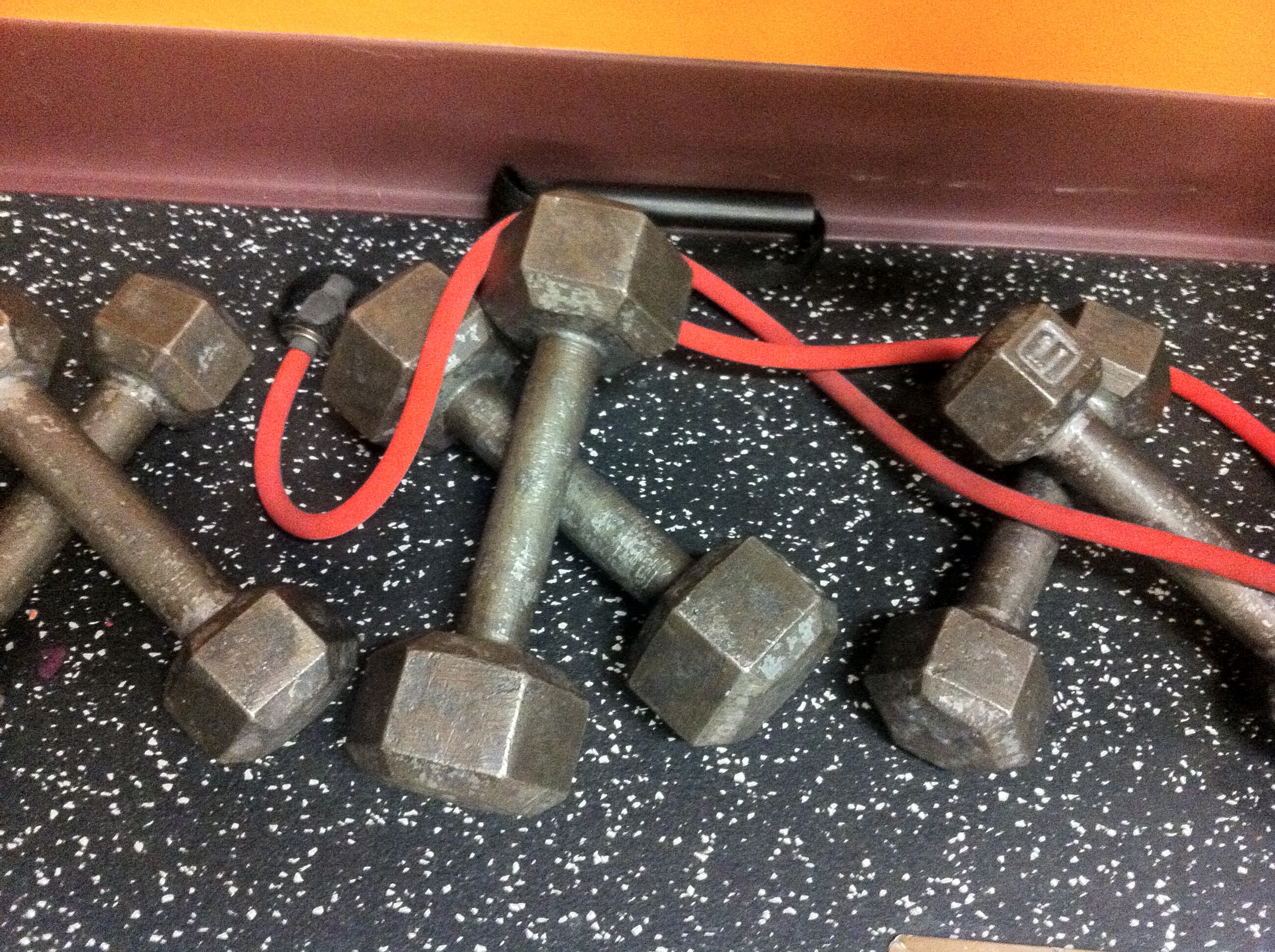Squat, Squat, Squat!
If you work with me there are a few guarantees and squatting is one of them; so let’s get started! Squats are one of my absolute favorite exercises to strengthen the lower body, the pelvic floor and the core. You might be surprised to hear that the core is trained as well, but core stability and strength are essential to performing a proper squat.
When you utilize your diaphragmatic exhale breath this effectively aids in accessing your core and provides stability to push through the “sticking point” on your return to standing. This makes the squat a very complete and functional exercise! Squats of all forms are phenomenal preparation for labor and delivery as well!
With this in mind, it makes perfect sense that the SQUAT would be the first exercise as I begin to build the Bodies for Birth Exercise Library. What can you expect from the library? The library will include a wide variety of exercises to enhance your at-home program, including “how-to” with both video and text, tips on proper form and alignment, the benefits and modifications.
A few reminders:
- As always, make sure to follow general prenatal and postpartum exercise guidelines and be sure you have clearance from your provider to do so.
- If something doesn’t feel right, don’t do it!
- For more on prenatal exercise guidelines, go here
- For more on postpartum exercise guidelines, go here
Let’s Squat!
Muscle Groups Trained & Benefits:
The squat strengthens and lengthens the muscles of the lower body including:
- glutes (buttocks)
- hamstrings (back of legs)
- quadriceps (front of legs)
- calves
- psoas (muscle linking trunk and legs, plays a critical role in alignment)
- Squatting creates a wide pelvic outlet which helps to facilitate an easier and safer delivery of baby.
- In combination with core activation and diaphragmatic breathing, TVA (transverse abdominis) and core are strengthened.
How To:
- With feet at least hip-width apart, maintain a neutral spine and sit back into a squat position
- Knees should bend to almost 90 degrees and line up over ankles
- Untuck tailbone and stick buttocks out
- Keep weight back and stay grounded through heels
- Shins should be vertical and use caution to keep toes from extending over toes
- Press through heels as you come back to starting position
- Exhale through the sticking point as you return to standing. In the video demonstration, you can hear how I utilize my exhale breath for core strength and stability.
Notes & Modifications:
- Start by holding onto doorknob until strong enough and loose enough to hold position for one minute
- Tight muscles of lower body can be detrimental in labor and delivery—reducing mobility of pelvic bones and increasing stress on mom and baby
- Lengthening the muscles of the lower body is of vital importance
- Practice performing squat throughout activities of daily living
For a video demonstration, go here
Join us in our private Facebook group for ongoing support and access to me for answers to all your pregnancy and postpartum related fitness questions!
Or, please feel free to reach out directly (maura@bodiesforbirth.com); I’m always happy to help!
You can work with me one-one-one via Skype or in-person. Visit www.bodiesforbirth.com to learn more!
If you found this helpful, share widely!! Thank you!

